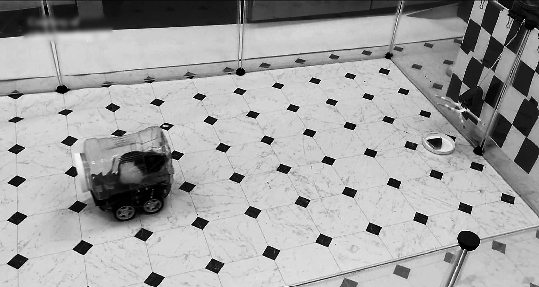
RESEARCHERS have taught rats to drive tiny little cars in order to receive treats in a study that could help scientists understand how learning skills affect the human mind and stress levels. They discovered not only that rats can learn to drive little cars but that rats that were housed in an “enriched environment” designed to stimulate them with ladders and toys were able to learn better than a control group in normal housing. According to Professor Kelly Lambert at the University of Richmond, Virginia, the U.S., the study bears a lot of relevance for the way that the human mind works too. It advances her theory regarding “the well-grounded brain, the brain which is engaged in authentic interactions with the real world and the social world rather than looking at Facebook.” The study used a tiny car constructed from a plastic jug on wheels. The floor was made of aluminium, and three copper bars allowed the rat to steer by gripping any of the bars with their paws, completing an electrical circuit. In order to encourage the rats to learn to drive, the researchers placed a sweet cereal product within a particularly constructed arena. The team then attempted to push the rats to drive in more complicated ways by placing the treats at increasingly distant points from them and at difficult angles. “They learned to navigate the car in unique ways and engaged in steering patterns they had never used to eventually arrive at the reward,” said Prof. Lambert. Her study also examined the rats’ droppings and discovered that learning to drive appeared to relax them, judging by the levels of stress hormones they were excreting. According to Prof. Lambert, who was interviewed by New Scientist, her study suggests that researchers could “potentially replace traditional maze tests with more complex driving tasks when using rat models to study neuropsychiatric conditions.” (SD-Agencies) | 
